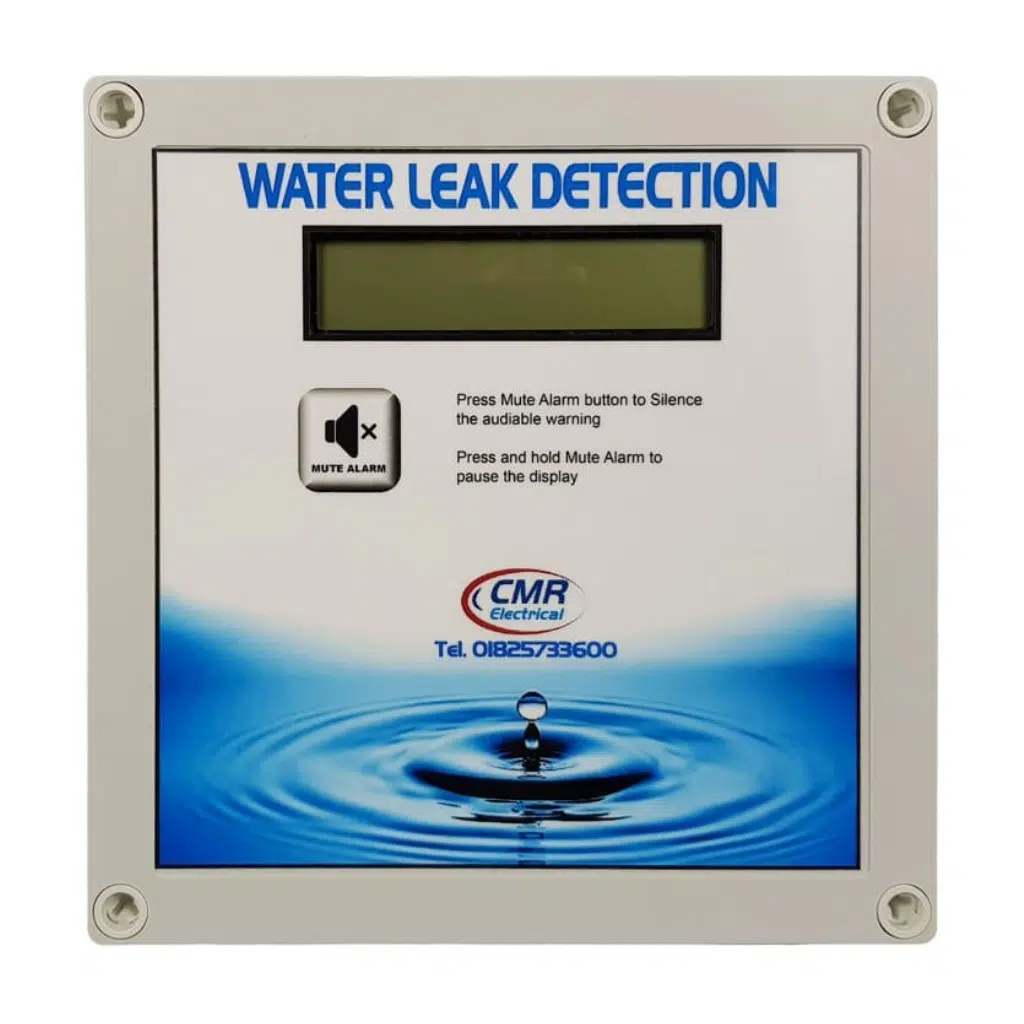Protect Against Major Problems with Early Water Leak Detection and Motivate Services
Protect Against Major Problems with Early Water Leak Detection and Motivate Services
Blog Article
Ingenious Solutions for Very Early Detection of Water Leaks in Buildings and Framework
From advanced leakage discovery modern technologies to the release of IoT sensing units for real-time monitoring, the landscape of leak prevention is advancing quickly. Automated water flow evaluation systems are reshaping just how leaks are recognized and resolved, leading the means for a positive method to water leakage detection.
Advanced Leakage Discovery Technologies
Advanced leak detection technologies, geared up with sophisticated sensing units and formulas, play a crucial duty in promptly identifying and determining water leaks in numerous settings. These technologies use a combination of acoustic, thermal, and electromagnetic sensing approaches to discover leakages precisely. Acoustic sensors find the audio of leaving water, permitting precise localization of the leak resource. Thermal imaging finds temperature modifications triggered by water leak, providing one more reliable method for leakage identification. Electromagnetic sensors can identify changes in electro-magnetic fields triggered by water, providing yet another layer of leakage detection capacity.

IoT Sensors for Real-Time Monitoring
In the realm of modern-day water leakage detection, the combination of IoT sensors for real-time tracking represents a critical development in enhancing aggressive leak detection abilities. These sensors use continual monitoring of water systems, offering real-time information on water circulation rates, pressure variations, and temperature level adjustments. By leveraging IoT technology, these sensors can find also the tiniest anomalies in water usage patterns, enabling early identification of potential leaks prior to they rise into major concerns.
IoT sensors transfer information to a centralized platform, where innovative formulas assess the details and produce informs or notices when irregularities are spotted. This real-time surveillance capacity permits building owners or center supervisors to immediately resolve leaks, decreasing water damage, reducing fixing costs, and conserving water sources.
In addition, IoT sensors can be integrated with building management systems, permitting computerized actions to spotted leakages, such as shutting down water valves or turning on pumps to minimize the effect of leakages. On the whole, the application of IoT sensing units for real-time monitoring substantially enhances the effectiveness and effectiveness of water leakage detection in buildings and infrastructure.
Equipment Knowing Algorithms for Leak Forecast

One key benefit of utilizing machine knowing for leakage prediction is its ability to constantly find out and enhance its accuracy over time. As more data is gathered and fed right into the algorithm, it can fine-tune its predictions and adapt to altering conditions, eventually raising the dependability of leak detection systems.
Additionally, artificial intelligence formulas can assist in identifying refined signs of leaks that may go unnoticed by traditional tracking approaches. water leak detection. By analyzing complicated information embed in real-time, these algorithms can offer very early warnings and signals, enabling prompt intervention and preventative upkeep to minimize possible water damages and linked expenses
Using Thermal Imaging for Leak Detection
Thermal imaging modern technology supplies an encouraging approach for spotting water leaks in numerous systems and frameworks. By making use of infrared radiation and temperature differences, thermal imaging cameras can identify covert leakages that are not conveniently visible to site the nude eye. When water leaves from pipes or frameworks, it often changes the temperature of the bordering area, producing temperature level differentials that thermal cams can capture. These temperature level abnormalities are then converted into noticeable pictures, highlighting the specific location of the leakage.
Among the crucial advantages of thermal imaging for leakage discovery is its non-intrusive nature. Unlike typical methods that might call for damaging right into wall surfaces or floorings to locate leakages, thermal imaging permits for non-destructive screening. This not just saves time and decreases costs but likewise reduces disruption to the building or infrastructure being evaluated. In addition, thermal imaging can promptly scan large areas, giving an extensive introduction of prospective leakage sources in a prompt way. On the whole, the use Visit Your URL of thermal imaging modern technology improves the effectiveness and accuracy of water leak discovery, making it a beneficial device for maintaining the stability of buildings and facilities.
Automated Water Flow Evaluation Systems
Exactly how can computerized water circulation evaluation systems change the detection and management of leaks in numerous systems and facilities? Automated water flow evaluation systems provide a positive approach to leak discovery by continuously checking water flow prices and patterns. By developing baseline information, these systems can promptly identify variances that might show a leakage, making it possible for prompt treatment to avoid comprehensive damages.
These systems utilize sophisticated algorithms to examine real-time information and offer prompt signals when abnormalities are identified, enabling speedy action to be taken. Additionally, computerized water circulation analysis systems can be integrated with structure monitoring systems or IoT systems, improving general effectiveness and enabling remote tracking abilities.
In addition, the data accumulated by these systems can be made use of for anticipating maintenance functions, aiding to determine potential powerlessness in the infrastructure before leakages take place. In general, the implementation of computerized water circulation evaluation systems can substantially improve leak discovery and monitoring practices, inevitably leading to set you back savings, lowered water wastefulness, and increased sustainability in structures and facilities.

Verdict
To conclude, the integration of sophisticated leak detection modern technologies, IoT sensors, artificial intelligence formulas, thermal imaging, and automatic water flow analysis systems uses innovative solutions for early detection of water leakages in structures and facilities. These innovations allow real-time monitoring, prediction of leaks, and efficient discovery techniques to avoid water damage and wastefulness. Applying these options can assist in maintaining the honesty and sustainability of water supply in numerous setups.
Report this page